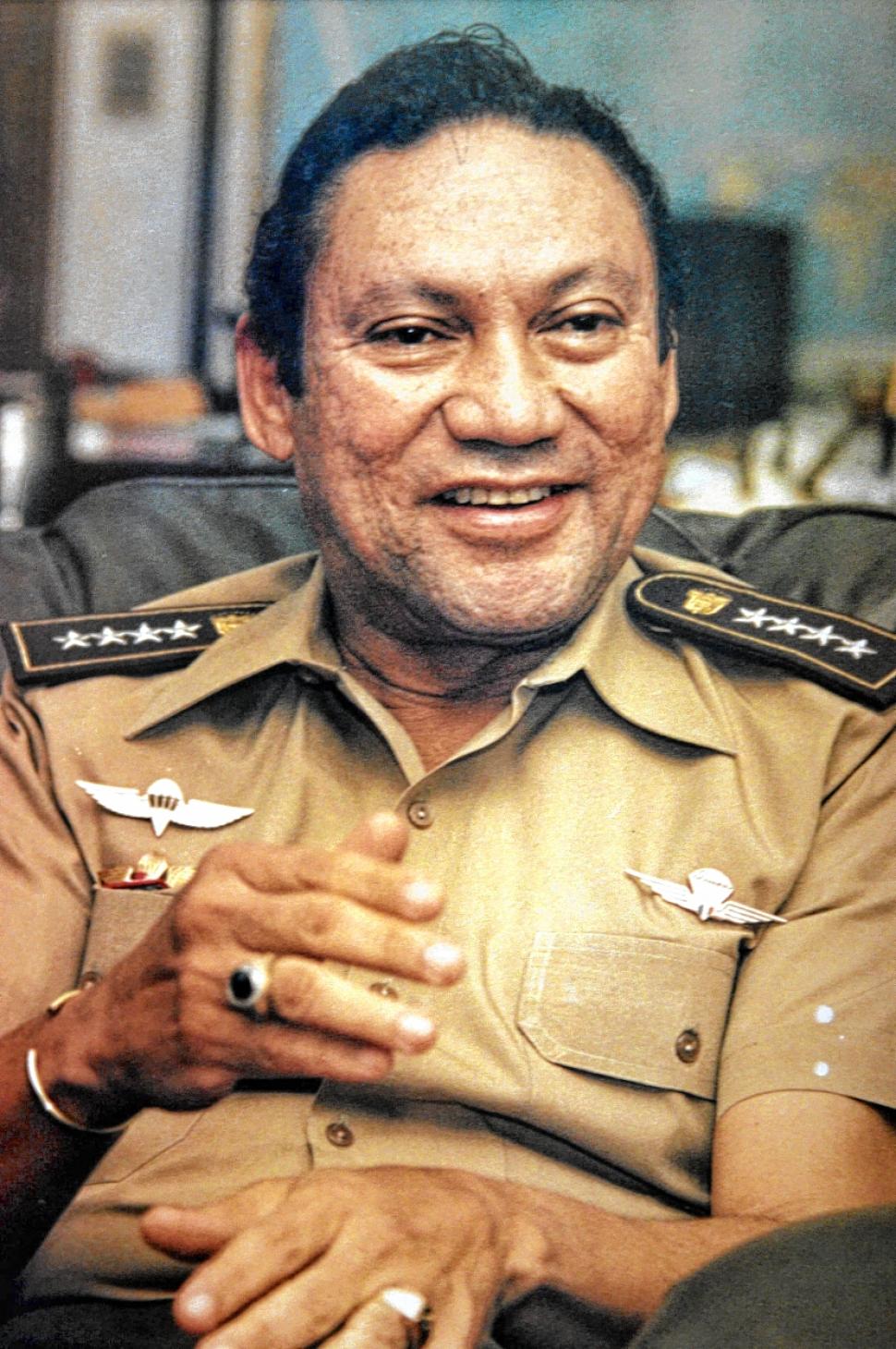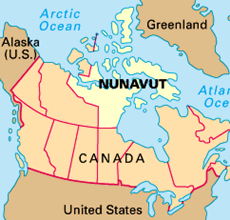One of the goals of Baron Pierre de Coubertin—founder of the modern Olympic Games and organizer of the first modern games in 1896—was to encourage international understanding through sports, and help to create a more peaceful world.
But after 50 years and two world wars—the bloodiest and most violent wars the world had yet seen—the Olympic dream of de Coubertin seemed very distant indeed. Too often the competition between nations would overshadow the competition of the athletes, and occasionally even the athletes themselves would be the center of controversy.
In fact the Olympic Games found themselves, in 1948, in the middle of the geopolitics of the cold war. The world found itself poised on the brink of nuclear confrontation between the United States and the Soviet Union, and it seemed the world needed the Olympic Games and de Coubertin’s vision of peace now more than ever. Often, however, the Games would be just another proxy in the ideological battle between liberal democracy and communism.
One of the most famous incidents of the 1956 Melbourne Games was the water polo match between the Soviet Union and Hungary. This match followed the Soviet quashing of the Hungarian uprising; because of political tension between the countries, the match was contested with such intensity that blood was seen in the swimming pool.
But in addition to political theater, the games also provided many moments of genuine human drama, where athletes strove to best one another under daunting pressure, after years of sacrifice and training.
For the 1960 Summer Games, held at Rome, the games were broadcast live on television throughout Europe. Highlights of the games were Cassius Clay’s (Muhammad Ali) gold medal in boxing, and Abebe Bikila’s barefoot gold medal–winning performance in the marathon.
The 1968 Winter Olympics were held at Grenoble, France, with many events spread around the region. The French skier Jean-Claude Killy, aged 24, won all three Alpine skiing gold medals. The 1968 Summer Games were held at Mexico City; the high altitude brought athletes in as much as a month early to acclimitize.
Bob Beamon broke the world long jump record at the games; his record stood until 1991. The 1972 Summer Olympics were held at Munich, Germany, where U.S. swimmer Mark Spitz won seven gold medals and the Soviet Union’s gymnast Olga Korbut won three gold medals.
These games also featured the controversial results of men’s basketball in which the American team believed that it had been cheated out of the gold medal. The games are best remembered, however, for the attack by Palestinian terrorists on the Israeli team, which resulted in the death of 17 people.
At the 1976 Olympics held at Montreal, Canada, extra security was introduced. These games featured a boycott by African nations that protested the presence of New Zealand. The cause was a match between a New Zealand rugby team and a team from South Africa. This was in violation of a Commonwealth boycott of South Africa.
The major stories of the games were Lase Viren winning both the 5,000 m and the 10,000 m again, and the Romanian gymnast Nadia Comaneci, aged 14, winning gold medals with the first-ever perfect score in Olympic gymnastic competition.
At the 1980 Lake Placid Winter Olympics, artificial snow was used, and the U.S. speed skater Eric Heiden won five gold medals. This also marked the presence of the first Chinese Olympic team since 1948 (prior to the Communists taking over).
For the United States, these games will always be remembered for the "Miracle on Ice", the victory of the American ice hockey team over the superior Soviet squad; for many, the American victory was seen as a win over communism.
The 1980 Summer Games were held at Moscow, USSR, with 100,000 people at the opening ceremony. However, the United States led a boycott over the Soviet Union’s invasion of Afghanistan in the previous year.
The games were best remembered for the rivalry between British runners Sebastian Coe and Steve Ovett; each won one gold medal. The 1984 Summer Games were held at Los Angeles. The Soviet Union and its close allies organized a boycott in retaliation for the U.S.-led one four years earlier.
The best-remembered events of these games included the 200 m record set by U.S. runner Carl Lewis, who also won the 100 m, the long jump and the sprint relay, matching the feats of Jesse Owens in 1936; and also another U.S. runner Mary Decker falling over in the women’s 3,000 m race and blaming the British/South African runner Zola Budd.
The Los Angeles Olympics was also the first summer games to which China sent a team since 1948. There was also some international concern over the high level of advertising and commercial endorsements during the games.
At the 1988 Summer Games held at Seoul, South Korea, there were no major boycotts or security problems in spite of worries about North Korea’s hostility to the games. In the track events, Florence Griffith-Joyner won three gold medals for sprinting, and Kristin Otto of East German won six gold medals.
The Seoul Olympic Games also saw Ben Johnson, a Canadian sprinter, winning the 100 m race in world record time only to be stripped of his gold medal three days later after he failed a drug test.
The 1992 Summer Olympic Games, held in Barcelona, Spain, saw the athletes of the former Soviet Union contesting as a single team for the last time, the return of South Africa, and also a team sent by the reunited Germany. In 1994 the Olympic Winter Games were held, this time at Lillehammer, Norway, beginning a different timetable for the Winter Olympics.
At the Atlanta Summer Olympics in 1996, the centenary games, a bomb killed two people in the Centennial Olympic Park, but fears of international terrorists proved unfounded with a local man arrested for the bombing. At the Nagano Winter Olympics held in 1998, curling, women’s ice hockey, and snow boarding were all introduced as new Olympic sports.
The Sydney Olympic Games in 2000 saw the summer games return to the Southern Hemisphere for the first time since 1956. The new events introduced included the triathlon and tae kwon do. The public cheered the presence of the team from East Timor at the Opening Ceremony, and also the North Korean and South Korean athletes who marched together.
The highlight was Australian Aboriginal runner Cathy Freeman winning the women’s 100 m race in front of a home crowd. It saw the U.S. team win 40 gold medals, 24 silver medals, and 33 bronze medals; Australia’s team won 16 gold medals, 25 silver medals, and 17 bronze medals.
The 2002 Winter Olympic Games were held at Salt Lake City, Utah. The choice of Salt Lake City saw accusations of corruption and bribery that had first occurred following Atlanta being awarded the Olympics in 1989.
A number of members of the International Olympic Committee (IOC) were found to have received bribes in exchange for their votes, with files held in Salt Lake City revealing demands for and expectations of bribes by IOC delegates being made public.
In a similar story, during the pairs figure skating competition, a judge was accused of collusion in awarding the gold medal to the Russian pair over the Canadian skaters; the situation was resolved when both figure skating pairs were awarded the gold.
In 2004 the Summer Olympic Games were held at Athens, Greece, the site of the first of the modern Olympic Games held in 1896. These games witnessed several scandals, the majority of them involving performance enhancing drugs. At least 20 violations were noted, the most of any Olympic Games.
The issue of athletes taking drugs to gain an edge over rivals has become one of the dominant concerns of the games in the 21st century. In addition, the International Olympic Committee must also deal with the issue of letting professional athletes into a competition that was originally designed just for amateurs.
Some critics contend that allowing professional athletes will give developed nations an unfair advantage over underdeveloped nations, while others contend that the records set at the Olympics will mean little unless the best athletes are allowed to compete. Despite these challenges—and the ever-present fear of terrorist attacks—the Athens Games saw a record 202 nations participate with over 11,000 athletes.
The Olympic Games have proved to be a tempting avenue for nations to express a political point of view, or in more drastic fashion, commit violence in the name of one cause or another.
Despite the intrusion of politics, it is perhaps a testament to de Coubertin’s dream that athletes the world over still strive together in peaceful competition along the ideals expressed in the Olympic motto: Citius, Altius, Fortius (Faster, Higher, Stronger).





























